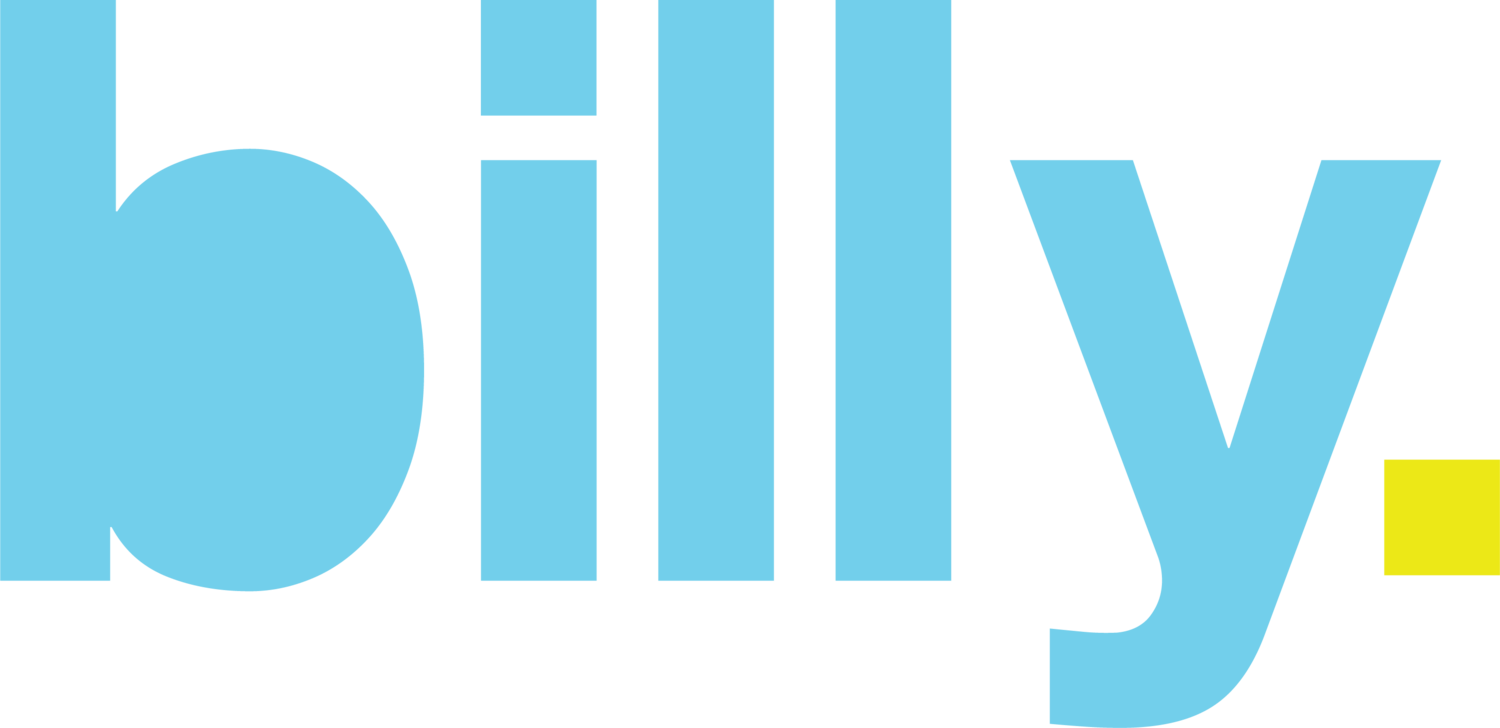As senior marketers plan for next year, two of their big questions are how best to spend their communications budget and which agency can give them truly independent advice on this.
There are three main kinds of media to get a company’s message across — ‘paid’ (the traditional advertising outlets of television, print, outdoor and radio), ‘owned’ (the company’s website and social media outlets) and ‘earned’ media (word of mouth). In the 90s, an effective marketing campaign would use an average of three media channels. Today this has jumped to seven channels, with the average consumer now seeing 3,000 media impressions a day. Traditional channels such as television, print, outdoor and radio have been joined by a myriad of digital channels to drive awareness, understanding and purchase of a brand. Media agencies are best equipped to determine the optimal mix of these channels to do this.
And while there has been a swing away from traditional paid media towards owned and earned media, traditional media is still producing great results for many brands in fast food, insurance, banking and retail. The fastest-growing area is media that the brand owns and controls — its website, Facebook page, Twitter feed, mobile site, app and blog. While this form of media is free to publish, the set-up costs are not; nor are the cost and time in creating quality content for those assets.
Tourism Australia and Nike leverage their owned media brilliantly, constantly evolving and updating those channels to meet consumers’ needs. Department stores, car companies and fashion houses do the same. It is the space where digital agencies come into their own.
Earned media has been around forever. It is when consumers become the channel — old-fashioned word of mouth. Public relations agencies have been leading the charge here, seeding ideas for the brands’ fans to take to another level and discuss. The best earned media is undeniably positive. Think Earth Hour and Dumb Ways to Die (a rail safety campaign that went viral). Every marketer would love their earned media campaign to go viral to those extents, but the reality is that the event, content, app or ad campaign needs to be of an incredible quality to do that. For every Rhonda and Ketut (AAMI), there are 10 times the planned earned media campaigns that went kaput.
So what is the right combination of the three channels? The answer is in another two questions — first, what is the business problem you are trying to solve? Second, if the consumer does ‘x’ now, what do you want them to do in the future? You can then map out the journey the consumer needs to take to shift their behaviour. There will be barriers the consumer will face, where communication is needed to help them move ahead. There will also be times when the consumer seeks information. Only by identifying these can a marketer decide how to split the budget first among paid, owned and earned media, and then among the particular media channels within each.
Media agencies’ channel planners are very good at determining the right media channel mix within paid media, as are digital agencies’ strategists within owned media, and PR agencies’ strategists within the earned media space. But the creative agencies may be best placed to help marketers work through the business problem and customer journey required. Globally, the bigger creative agencies, with the full suite of specialist communications disciplines to tap into, are bringing in the role of a true channel planner. And marketers are benefiting by having an independent adviser close at hand to determine the right mix of paid, owned and earned media in the communications plan.

